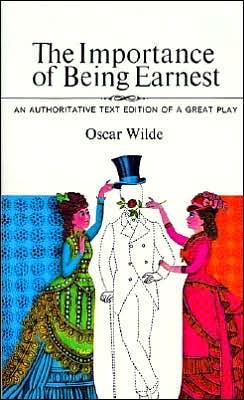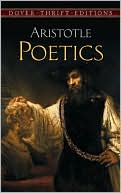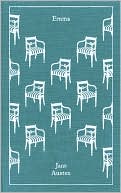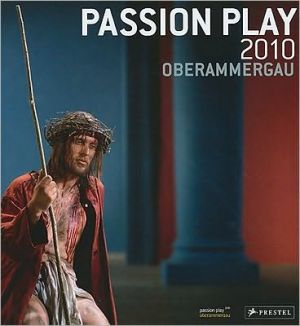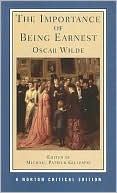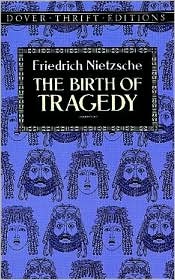Emblems of Mortality: Iconographic Experiments in Shakespeare's Theatre
In our own age, the engagement with death has been discretely narrowed into a brief process of formal commemoration and burial, but in Shakespeare's time it was ritualized into the very fabric of everyday life, where the reminders of death, the journey to the grave, and the moment of expiry were all central to the cultural engagement with mortality in post-Reformation England. Inevitably, this way of seeing the world impacted the writing of Shakespeare and his contemporaries, not only in...
Search in google:
In our own age, the engagement with death has been discretely narrowed into a brief process of formal commemoration and burial, but in Shakespeare's time it was ritualized into the very fabric of everyday life, where the reminders of death, the journey to the grave, and the moment of expiry were all central to the cultural engagement with mortality in post-Reformation England. Inevitably, this way of seeing the world impacted on the writing of Shakespeare and his contemporaries, not only in relation to the intellectual content of the drama but with regard to its visual impressions as well. "Emblems of Mortality" explores the relationship between Shakespeare's theatre and popular "memento mori" and funereal iconography of the Renaissance, combining cultural studies and historicism with semiotic analysis of period iconography. Through close reading of Elizabethan signs and sign systems with attention to historical context, the work seeks to demonstrate the quality and intention of some of Shakespeare's theatrical designs in a way that will appeal to scholars of drama and students of Shakespeare's work.Author Biography: Clayton G. MacKenzie is Associate Professor in the Department of English at Hong Kong Baptist University.BooknewsMacKenzie considers three types of representation of death in Shakespeare's drama. The first is life-in-death, variously represented as a plant growing out of a skull, plants seeding bones, or infants leaning nonchalantly on death's heads. The second , draws on the ancient relationship between love and death, and is shown with skeletons in marital or romantic situations and emblems of love such as Cupid carrying the capacity for death. The third is , and involves an intellectual engagement with death as a means of circumventing its physical terrors, and is expressed social and public reminders of death. Annotation c. Book News, Inc., Portland, OR (booknews.com)
List of PlatesAcknowledgmentsCh. 1Introduction1Ch. 2Emblems of an English Eden15Ch. 3Iconic Monsters in Paradise39Ch. 4De Morte et Amore65Ch. 5Hamlet and the Death's Head93Ch. 6Experiments with the danse macabre115Ch. 7Epilogue147Plates153References181Index189
\ AumlaThe study contains a variety of useful insights and is written in a pleasant and readable style.\ — Stephen J. McKenzie\ \ \ \ \ Aumla - Stephen J. McKenzie\ The study contains a variety of useful insights and is written in a pleasant and readable style.\ \ \ BooknewsMacKenzie considers three types of representation of death in Shakespeare's drama. The first is life-in-death, variously represented as a plant growing out of a skull, plants seeding bones, or infants leaning nonchalantly on death's heads. The second , draws on the ancient relationship between love and death, and is shown with skeletons in marital or romantic situations and emblems of love such as Cupid carrying the capacity for death. The third is , and involves an intellectual engagement with death as a means of circumventing its physical terrors, and is expressed social and public reminders of death. Annotation c. Book News, Inc., Portland, OR (booknews.com)\ \



